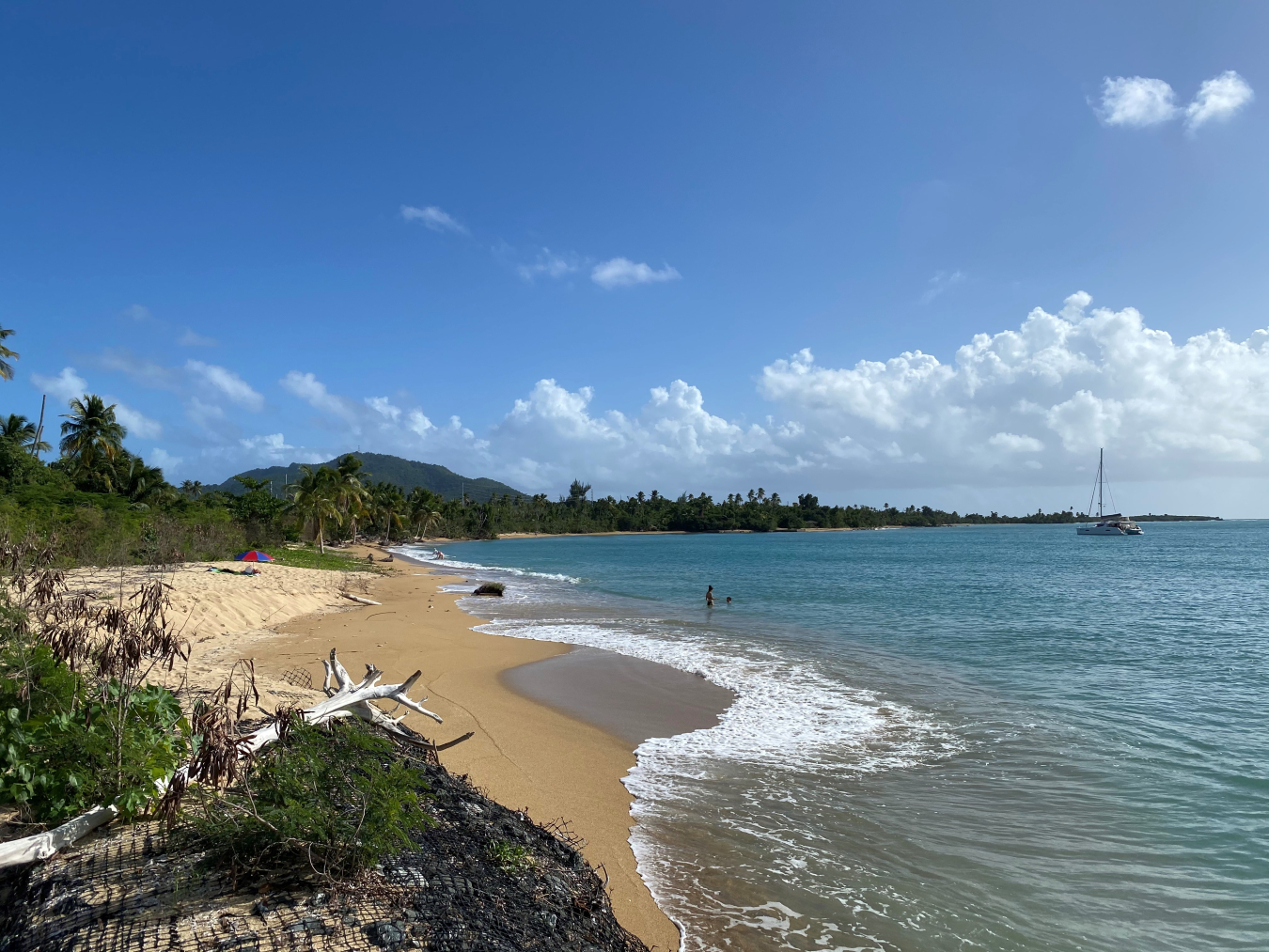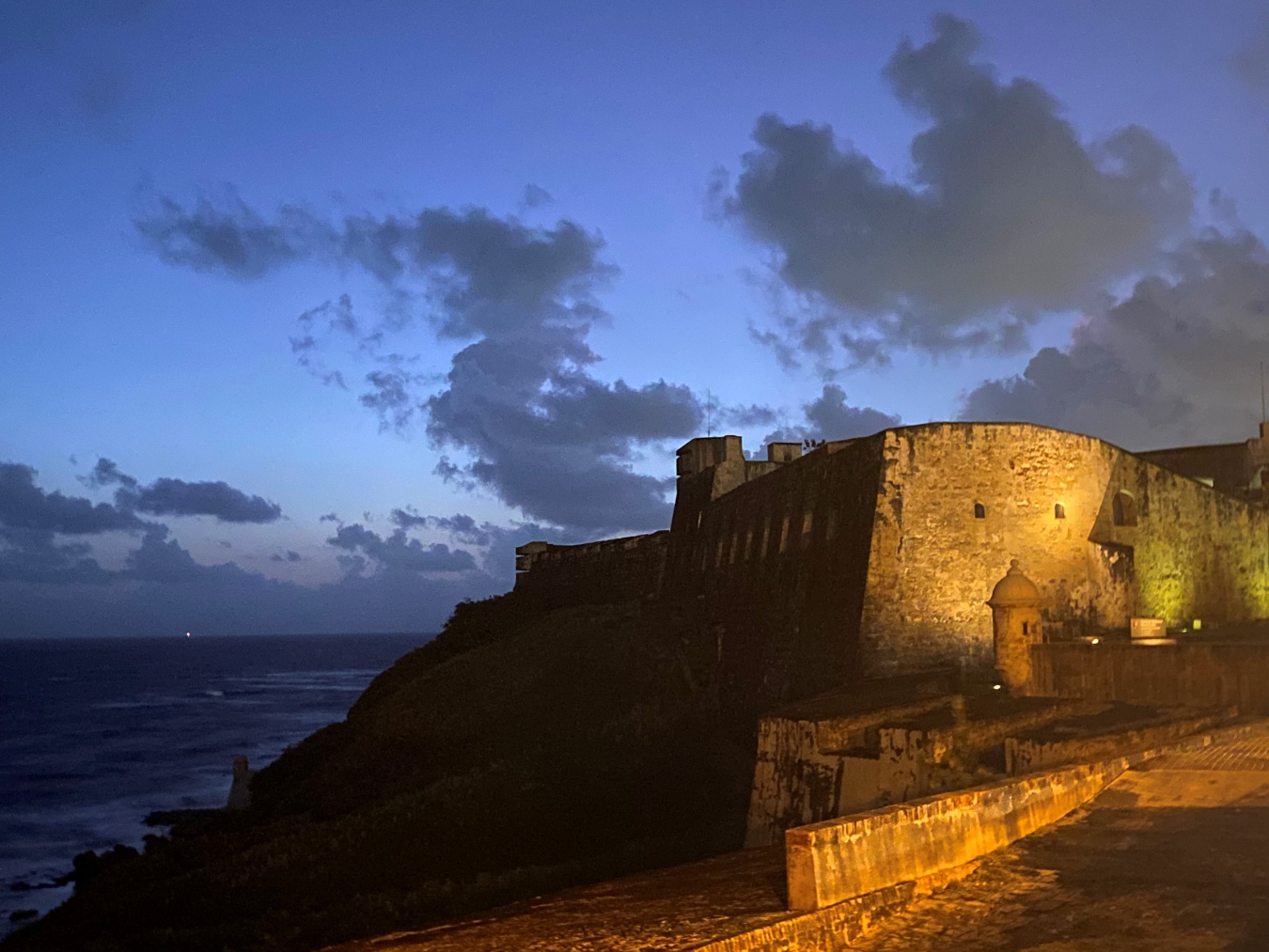Jennifer DeCesaro serves as DOE’s Recovery Coordinator and Director for Recovery and Resilience Investments for the Office of Electricity (OE)
March 26, 2020Jennifer DeCesaro on Puerto Rico Grid Resilience
In September 2017, Hurricanes Irma and Maria swept through the Caribbean, causing billions of dollars in estimated damages and tragic fatalities. In Puerto Rico, the powerful winds and major flooding rendered inoperable much of the Commonwealth's transmission and distribution infrastructure and left virtually all electricity customers on the island without power.
As part of the recovery effort and emergency response activities, the U.S. Department of Energy (DOE) is providing energy-related expertise to interagency partners. In addition to the Department’s role in emergency response, DOE is responsible for providing information and analysis about energy disruptions and helping facilitate the long-term recovery of damaged energy infrastructure.
Jennifer DeCesaro is a key figure in DOE's recovery efforts. She serves as DOE’s Recovery Coordinator and Director for Recovery and Resilience Investments for the Office of Electricity (OE). We spoke to DeCesaro about DOE's role in helping Puerto Rico move towards a resilient electric grid.

Q: What’s your background?
A: Ten years ago, I worked for a consulting firm that worked with Hawaii as they launched the Hawaii Clean Energy Initiative (HCEI). Shortly after, I joined DOE’s Solar Energy Technologies Office to work on solar initiatives and was asked to co-chair the HCEI electricity working group. In 2013, I took over as the Director for Tech-to-Market for DOE's Energy Efficiency and Renewable Energy Office. In addition to HCEI, ongoing work in the U.S. Virgin Islands and Alaska fell under my responsibilities, serving as the foundation for the Energy Transitions Initiative. We began to think strategically about how to support these communities and to build tools to allow other organizations and jurisdictions to also benefit from that work.
Q: Tell us about DOE's support of energy resilience in Puerto Rico?
A: It’s a two-pronged effort. First, DOE provides technical support to federal agencies involved in resilience efforts. In Puerto Rico, this represents billions of dollars allocated to the restoration and long-term rebuild of the power system. As the Federal Emergency Management Agency, the U.S. Department of Housing and Urban Development, and others administer those significant federal investments, DOE is there to offer technical support. Second, DOE helps build and maintain critical institutional knowledge. Long-term success of these energy efforts requires the proper kinds of regulatory and tariff structures, as well as complementary support for territorial agencies. DOE provides that support.

Q: What role does the Office of Electricity play?
A: Various offices and agencies throughout the DOE are engaged in supporting Puerto Rico's recovery and resilience, and OE is charged with coordinating the Department's engagement and ensuring all parties maintain visibility and transparency about the efforts.
Q: What are some of the lessons learned in the effort?
A: Building for resilience means the region needs to build its energy infrastructure in a way that can withstand Category 5 storms. Not only the technology, but resilience in the physical structures themselves. Hurricanes receive the most news, but it's important to remember that earthquakes, flooding, and other disruptions affect the region as well.
Another significant lesson is the importance of knowing the place itself. In Puerto Rico, the Department has a history of working there and those existing relationships are critical. Supporting response and recovery in vulnerable places, and doing it in a proactive way, requires those foundational relationships and understandings. These are long-term relationships and DOE’s role is to support the capable people that reside in all these areas and be there to support their recovery. The technology, financial, and other resources are there to support them and the decisions they choose to make rather than making the decisions for them.

